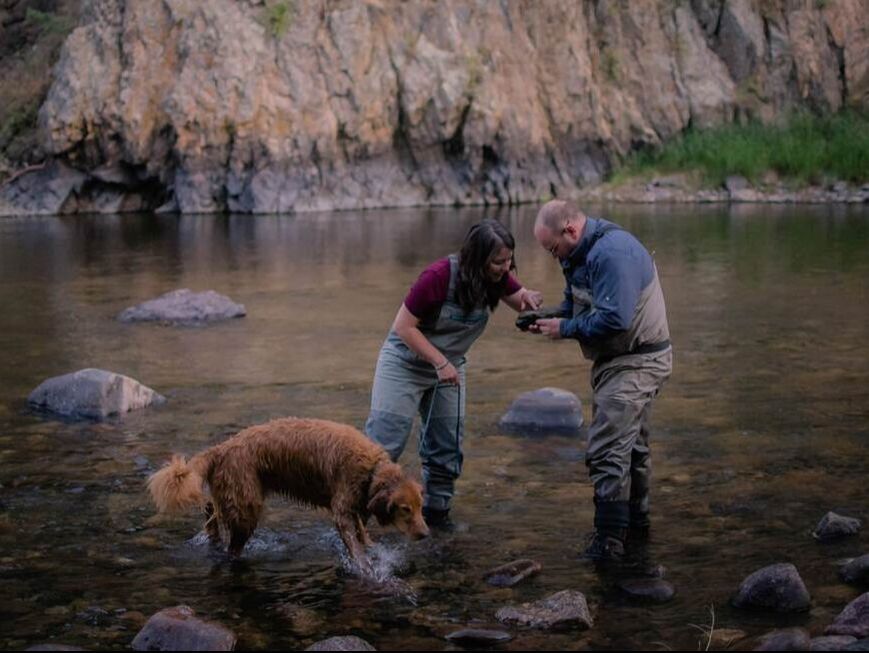Ashley M. Young (Krueger)
Ashley is a published author, professional illustrator, teaching artist and studio clutterer. She engages with art through ink, watercolor, colored pencil and paint in ways that blend expressive personality with detailed observations.
|
From the ocean to the mountains I explore the wild places and document their inhabitants in my sketchbook. An artist of many mediums, my subjects are most often unique and expressive animals or landscapes drawn from my experiences as a zookeeper and environmental educator. At home in Fort Collins, Colorado I spend my days dreaming, creating, gardening and adventuring with my husband Chris, my four-footed sidekick Harvey and my wild neighbors.
I believe that to create art is to open the gates, break down the walls and let the possibilities twist, wander and dance around the room. Then you capture them one by one through line, stroke and smear. Characters emerge out of the white paper, their shape, form and personality come to life and make a home in my heart - and hopefully yours as well. |
